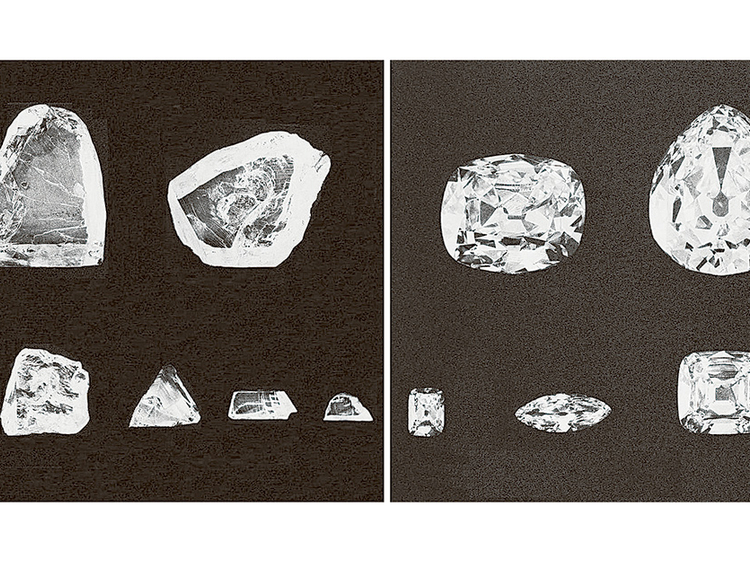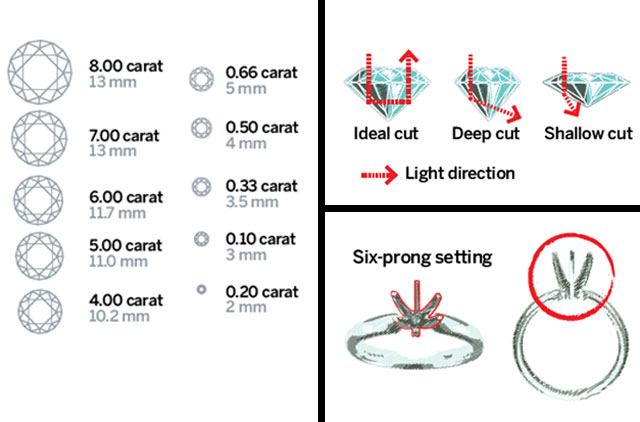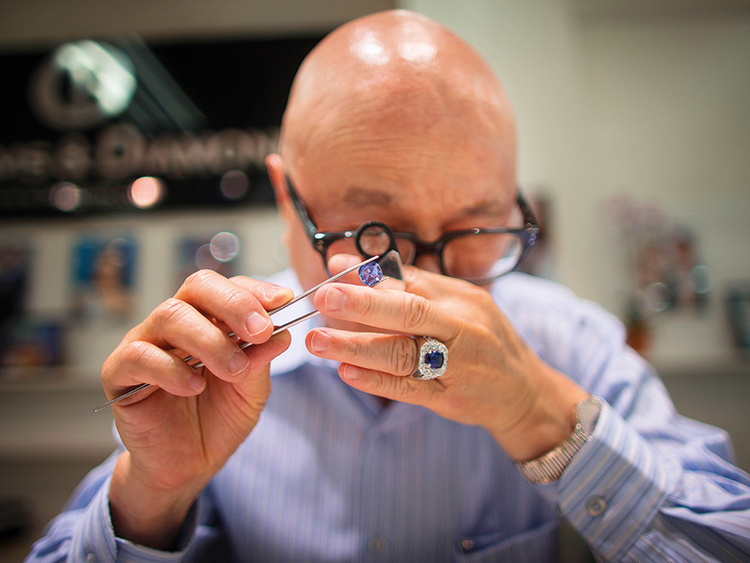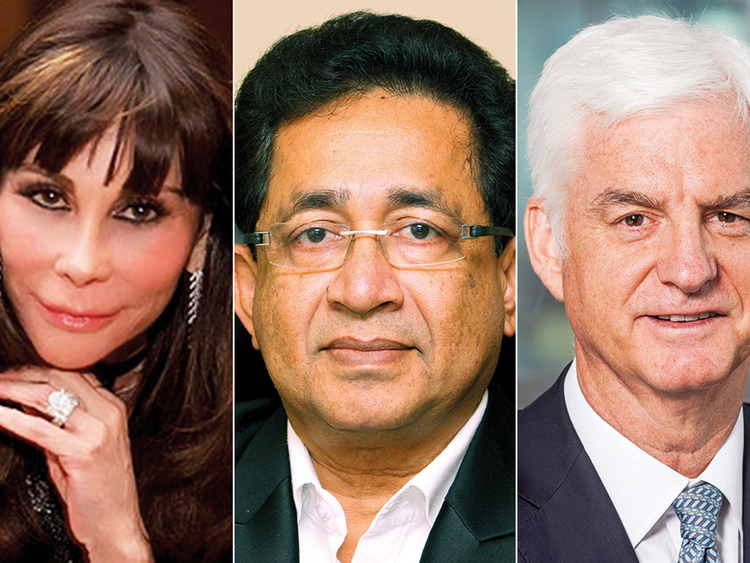
Dubai: Women are not waiting around for men to win them over with diamonds… more of them are doing all of the buying themselves.
And they don’t mind paying whatever it takes to get a hold of the sparkling gems, said one of the world's top jewellers.
"We are seeing a general increase in the value of diamond jewellery purchased by women for themselves,” said Stephen Lussier, CEO of De Beers Forevermark, one of two jewellery brands owned by De Beers Group, which itself is the weather vane for anything happening in the global diamond industry, from mining to retail.
Parity with male buyers
“While the average price of diamond jewellery that women buy for themselves isn’t yet quite at the same level as the average price of all purchases of women’s diamond jewellery (including those bought as gifts), it isn’t far behind.”
In the US, the average price of a “self-purchased piece” is already at $1,300 compared with $1,400 across the total women’s diamond jewellery market.
In China, the average self-purchase is $950 against $1,100, and in Japan it’s at $1,400 for self-purchase vs. $1,700. Not much of a surprise, but demand from women represents more than 90 per cent of all diamond jewellery sales worldwide.
Global consumer demand for diamond jewellery increased marginally to $80 billion in 2016, and much the same pace is likely this year. How much the Gulf markets account for is not provided.
Women's power
More women in the workforce and with a mind to buy for themselves what they want certainly has helped the jewellery side of things.
Plus, the across-the-board demand in the US is seeing it through one of its better years.
“The US continues to be the largest market for consumer sales of diamond jewellery by some margin,” said Lussier.
“In 2016, (this) demand accounted for more than half of all the value of diamond jewellery sales worldwide, with demand from US consumers exceeding $40 billion for the first time ever.”
In the US, average spend on the stone-set jewellery pieces has shot up to be in the range of $1,000-$4,999.
Worldwide, the prospects seem to be sparkling back to higher demand - “A relatively benign macro-economic environment should support global demand for diamonds in 2017,” says a report issued by De Beers Forevermark on Thursday. “In India, the effect of demonetisation has proved to be less severe than anticipated, but retailers are still cautious in their outlook.”
But the industry needs to keep in mind that “Geopolitical and policy uncertainties drive potential downside scenarios for the industry in the short to medium term.”
Demand
On the round diamond trade situation, demand saw a spike early in 2017, helped by the Indian demonetisation drive proving less severe on trader buying. Demand made a return for the smaller, lower end categories.
“Since then, we have seen demand for rough diamonds on the whole being fairly consistent throughout the year,” said Lussier.
In the UAE, over the last decade, jewellery retailers have been steadfast in trying to get more consumers - outside of the extremely wealthy - to pick up diamond pieces in their periodic buys. The demographic mix, however, has always been favourable towards pure gold jewellery.
“That’s the biggest challenge a jewellery retailer in the UAE/Gulf and India has to confront - how to create more demand for diamonds,” said Joy Alukkas, Chairman of the network that bears his name.
“Our share of 18k carat with diamonds represent 17 per cent of revenues and each year sees a 1 per cent increase. That to me is a big amount - but we are never going to compete with a Tiffany.”
The average consumer believes that unlike with gold, a diamond jewellery set will not retain its value. That has ben the biggest factor holding back demand from a set trajectory.
According to Lussier, it is emotions that drive the sentiments around diamonds than mere return on investments.
“Diamonds are used to symbolise the most important emotions and occasions in people’s lives – this is, and will continue to be, the main motivation for diamond jewellery purchases globally.
While diamonds’ enduring value means that there are several investment vehicles connected to them, the main focus of diamonds for consumers is as a symbol of love and commitment, and increasingly of emotions such as success, achievement, pride and optimism.
“We believe that this powerful sense of symbolism will continue to be the main attraction for diamonds in future.”
According to Ande Wieman, CEO of Continental Buying Group, diamonds do have their value apart from the sentiments. They have always been "one of the most portable investment options. What happens now is the creation of new ways to use diamonds for investment - diamonds as a back-up for securities trading or for digital currencies. All these are just new ways to invest, where diamonds are used directly or indirectly.
"Only time will show how these new ways of investment with diamonds will work."
Even if these take time, there is always going to be women around the world who want to get their hands on a stone.
Indian women have been showing the way
When it comes to self-purchase of diamonds, Indian women have been doing it for years... and now others are joining in.
"One country with a unique purchasing profile is India, where self-purchase is an established cultural norm," said Stephen Lussier of De Beers Forevermore.
"Unlike in Japan and China, there has been no adoption in India of the Western engagement ring tradition. Instead, women make 41 per cent of purchases for themselves. Another 42 per cent are chosen by women, despite being paid for by somebody else."
















